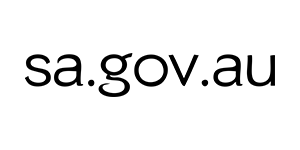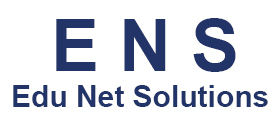Learning
All students from Foundation to Year 6 follow the eight compulsory learning areas outlined in the Australian Curriculum:
English
Mathematics
Science
humanities and social sciences
the arts
technology
health and physical education
languages
English
The English curriculum is structured around the three core strands of language, literature and literacy. Our learning programs integrate these strands together, focusing on the key areas of reading, viewing, listening, speaking, writing and creating. At CPS we teach reading through evidence-based practices; developing students’ phonological awareness skills and embedding a structured, synthetic phonics approach. Decodable texts support our beginning readers to practise the letter-sounds they have learnt. As decoding skills develop, students focus on building fluency, vocabulary and comprehension, selecting from a wider range of texts. Writing skills are practised daily, with a strong focus on fine motor and handwriting in the early years. Students are exposed to, and explicitly taught a variety of text types, incorporating components of spelling, grammar and punctuation. The BrightPath Ruler is a moderation tool used at CPS to track the writing growth of students over their years in primary school.
Mathematics
The Mathematics curriculum covers the three content strands of: number and algebra, measurement and geometry, and statistics and probability. Weaved into these strands are the proficiency skills of understanding, fluency, problem-solving and reasoning. At CPS a positive mindset towards maths is fostered and supported through R-6 and students view themselves as ‘mathematicians.’ We have a strong focus on developing number sense and explicitly teaching the rules of our base ten number system. Visualisation and mental computation strategies are explicitly taught, assisted by the use of concrete materials and manipulatives. The Quicksmart Numeracy Program is implemented at CPS with great success. This program focuses on the automatic recall of number facts; addition, subtraction, multiplication and division.
Health and Physical Education
The Health and PE curriculum focuses on two strands; Personal, Social and Community Health and Movement and Physical Activity. Students learn about the importance of being healthy, safe and active. Personal identity is explored, along with relationships, and social, emotional and physical growth and development. In PE students practise a range of fundamental movement skills and team games, demonstrating an understanding of rules and fair play. CPS provides many opportunities for students to participate in a range of sporting events, including our school Swimming Carnival in Term 1, Sports Day in Term 3, and a wide range of SAPSASA and interschool sports carnivals throughout the year.
Humanities and Social Science (HAAS)
The HASS learning area covers the areas of History, Geography, Civics and Citizenship and Economics and Business. This subject is designed to develop problem solving skills, enable students to think critically, communicate effectively and adapt to change. As they learn about their community and world around them, they are encouraged to explore topics from different perspectives and empowered to think about the positive impact they can make on society.
The Arts
The Arts curriculum covers five art subject areas; Dance, Drama, Media Arts, Music, Visual Arts – across the R-6 year levels. Students are taught The Arts by a specialist Art teacher, utilising an Art Room and Drama/Dance Hall during their lessons. Each year students practise and perform a dance, song or play which is performed at the End of Year School Concert.
technology (ICT)
Students at Clare Primary School have regular access to a range of devices and applications, including laptops, iPads, interactive resources, robotics, 3D printers, and coding and design programs. A state of the art wireless network throughout the school grounds and buildings supports creativity to occur both inside and outside classrooms. A dedicated computer room with desktop computers allows explicit teaching of skills and the use of a variety of electronic learning programs located in our Resource Centre.
Auslan
Clare Primary School students learn Australian Sign Language (Auslan) from Foundation to Year 6 as a second language. Students learn to communicate in Auslan and develop a knowledge and understanding of Deaf culture as well as a wider awareness and acceptance of people living with differing abilities.
Science specialist
Instrumental music
Clare Primary School offers students from Year 3 the opportunity to learn a brass or woodwind instrument as a part of the Instrumental Music program with Department for Education trained teachers. There is an additional cost to access this program, which runs in Semester 1 and 2.
Choir
Clare Primary School students from Year 4 have the opportunity to join the school choir, with weekly lessons held throughout the year.
Choir members have the opportunity to perform within the school at assemblies and school events, in the wider community and participate in the annual Festival of Music performance at the Entertainment Centre in Adelaide each year.




